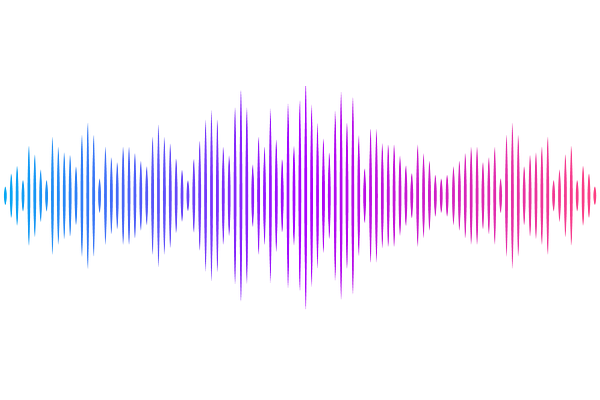Fault-tolerant -Supplier with Outliers

Fault-tolerant $k$-Supplier with Outliers
Deeparnab Chakrabarty, Luc Cote, Ankita Sarkar
AbstractWe present approximation algorithms for the Fault-tolerant -Supplier with Outliers () problem. This is a common generalization of two known problems -- -Supplier with Outliers, and Fault-tolerant -Supplier -- each of which generalize the well-known -Supplier problem. In the -Supplier problem the goal is to serve clients , by opening facilities from a set of possible facilities ; the objective function is the farthest that any client must travel to access an open facility. In , each client has a fault-tolerance , and now desires facilities to serve it; so each client 's contribution to the objective function is now its distance to the closest open facility. Furthermore, we are allowed to choose clients that we will serve, and only those clients contribute to the objective function, while the remaining are considered outliers. Our main result is a -approximation for the problem, where is the number of distinct values of that appear in the instance. At , i.e. in the case where the 's are uniformly some , this yields a -approximation, improving upon the -approximation given for the uniform case by Inamdar and Varadarajan [2020], who also introduced the problem. Our result for the uniform case matches tight -approximations that exist for -Supplier, -Supplier with Outliers, and Fault-tolerant -Supplier. Our key technical contribution is an application of the round-or-cut schema to . Guided by an LP relaxation, we reduce to a simpler optimization problem, which we can solve to obtain distance bounds for the "round" step, and valid inequalities for the "cut" step.